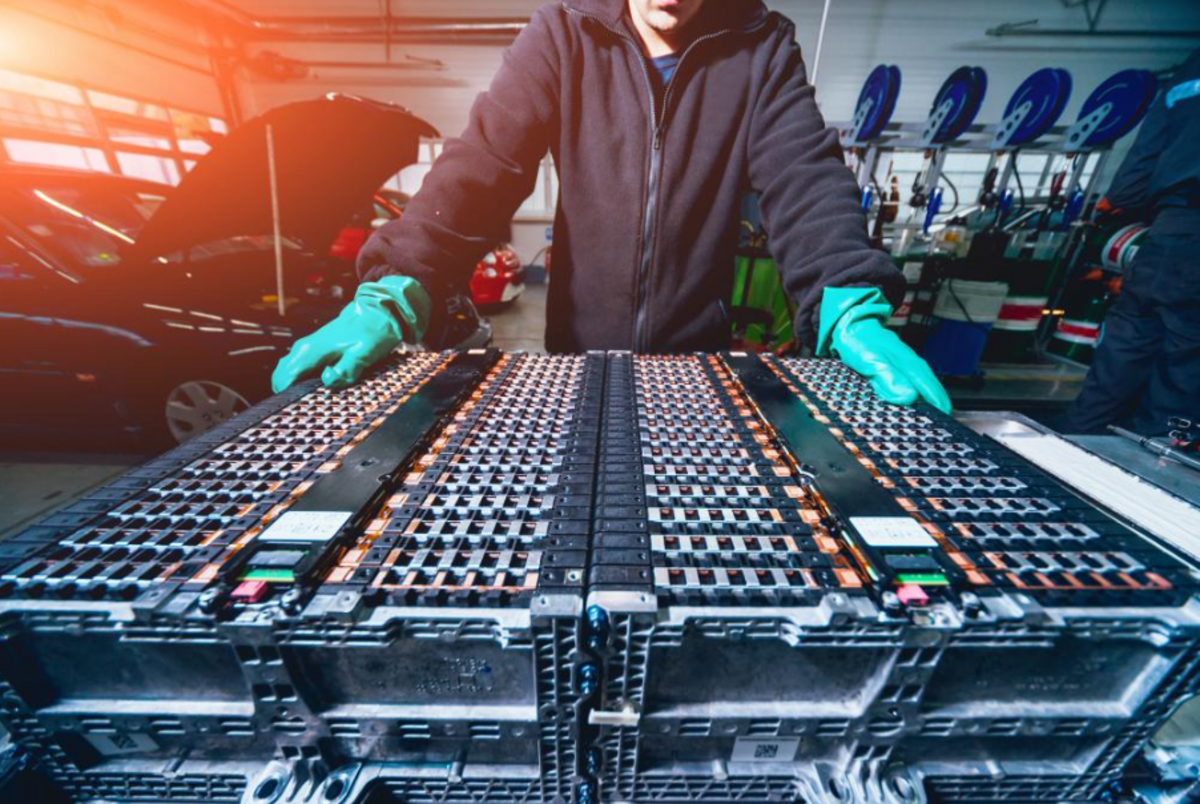The package also includes a foresight report, translating the EU’s climate-neutrality scenarios for 2030 and 2050 into the estimated demand for raw materials.
It identifies those materials most likely to have a supply risk in the future, for several strategic sectors in the EU.
The findings contribute to the Commission’s fourth list of Critical Raw Materials (CRMs) for the EU. The list is part of a communication laying out an action plan to overcome the challenges posed to the secure and sustainable supply of raw materials.
The raw materials that have high economic importance and have a high supply risk are called 'critical' raw materials.
They are part of our daily lives. Tungsten makes phones vibrate. Gallium and indium are part of LED technology in lamps. Beryllium is used in fire-sprinkler systems installed in houses, restaurants, hospitals and offices. Tungsten and tantalum make up key components in airplanes and satellites. Niobium is fundamental in diagnostic medical devices.
They are also used in key technologies to achieve a carbon-neutral and digital society, such as batteries, fuel cells, solar and wind energy, robotics, ICT and 3D printing. As more of these technologies are deployed, the EU risks replacing its reliance on fossil fuels with dependency on raw materials.
In order to identify those materials that are most at risk of supply disruption and take action to secure that supply, the European Commission updates a list of critical raw materials (CRMs) for the EU every three years.
The 2020 list of CRMs for the EU contains 30 materials, compared to 27 in 2017, 20 in 2014, and 14 in 2011. Added to the list are:
- Bauxite (mainly used for aluminium production);
- Lithium (used in electric vehicle batteries);
- Titanium (used in aeronautics, space and defence, as well as in medical applications);
- Strontium (used in medical applications and in ceramic magnets)
The screening process assessed 83 materials in total (compared to 78 in 2017). Experts assessed the risk of a disruption in supply - both in relation to the source of the material and in terms of the sectors to which a material contributes.
This follows the official assessment methodology established in 2017. The list supports the EU in negotiating trade agreements, challenging trade distortions and in programming the research and innovation funding under Horizon 2020 and Horizon Europe.
JRC provides foresight and scientific evidence
Foresight can help define the best combination of approaches to open strategic autonomy, from diversifying trading partners to strengthening the EU’s own capacity.
As the Commission’s science and knowledge service, the JRC has produced a foresight study on CRMs in strategic sectors.
It shows that competition between different industries for the same raw materials is likely to increase in the coming years. It also identifies those materials most at risk of supply disruptions as the demand for materials used in key green and digital technologies grows.
Of those likely to face future supply risks, light and heavy rare earth elements (LREEs and HREEs) are vital in building motors for electric vehicles and wind generators.
Cobalt, lithium and natural graphite are active materials contained in batteries to power electric vehicles and store energy generated from renewable sources. These materials are particularly crucial, considering the ambitious carbon emissions reduction objectives of the EU and its determination to set-up a competitive battery value chain in the EU.
JRC experts also contributed to the communication with assessments of raw materials criticality, which followed the methodology and the guidelines published by the Commission (JRC) in 2017. The assessment process includes data collection, elaboration, dialogue with experts and stakeholders and reporting, done in close coordination and under the supervision of the Commission’s department for growth (DG GROW).
To provide solid scientific evidence to support the communication, JRC experts completed a 'Study on the EU's list of Critical Raw Materials (2020) - Final Report' and two dedicated reports containing critical and non-critical raw materials factsheets for all the 83 candidate raw materials that have been analysed.
All these reports and the updated information on the new EU 2020 List of Critical Raw Materials are now available through a dedicated section in the Raw Materials Information System (RMIS) managed by the JRC.
RMIS is the core knowledge management tool for the EU Raw Materials Knowledge Base. The JRC is also updating its new CRM Dashboard, which presents the trends in selected raw materials based on all criticality assessments and will soon circulate a special edition of the RMIS Newsletter (dedicated to the CRM list assessment).
Background
The list of CRMs for the EU and the underlying criticality methodology are key instruments in the context of the EU raw materials policy, a commitment of the Raw Material Initiative (2008). The CRMs are also part of the New Circular Economy Action Plan and the New Industrial Strategy for Europe, two of the main building blocks of the European Green Deal.
Since the publication of the first list in 2011, the EC criticality methodology has responded to the needs of governments and industry to better monitor raw materials and inform decision makers on how security of supply can be achieved through diversification of supply, resource efficiency, recycling and substitution.
The JRC has been a key player since the revision of the EC methodology in 2015. Targeted improvements have been introduced, based on the most recent scientific developments and international dialogue, as well as intensive interactions with stakeholders.
For this fourth EU criticality assessment, the JRC handled the entire process of data collection, elaboration, dialogue with experts and stakeholders and reporting.
